May 28, 2025 | 06:34 GMT +7
May 28, 2025 | 06:34 GMT +7
Hotline: 0913.378.918
May 28, 2025 | 06:34 GMT +7
Hotline: 0913.378.918
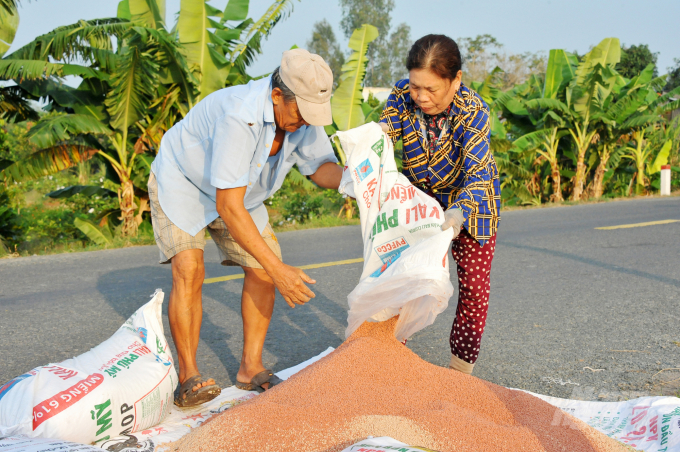
High fertilizer prices are putting pressure on farmers. Photo: Le Hoang Vu.
Mr. Le Thanh Bon from Tan Thanh commune, Thoi Lai district, Can Tho city, said: Fertilizer prices have skyrocketed like never before, fertilizer prices increased by 60-80% compared to previous years.
In the autumn-winter rice crop of 2021, his family producing OM 380 seed, harvested 1ha and sold for only 4,500 VND/kg, down by more than 1,000 VND/kg over the same period. After costs, the profit is very low, at about 800,000 VND/plot.
Mr. Bon is worried about the coming winter-spring rice crop 2021 - 2022 because fertilizer prices and input production costs increase sharply, while rice prices decrease, putting pressure on farmers.
'Currently, to buy DAP fertilizer for 2 vegetables plots grown in the field during this flood season, I have to spend nearly 1 million VND/bag, which means farmers have to sell over 1 million VND/bag. Only a dozen bushels of rice can buy a bag of DAP," said Mr. Bon worriedly.
Facing high fertilizer prices and low output prices of many agricultural products, many Mekong Delta farmers said that they were temporarily forced to calculate a production plan and reduce the amount of fertilizer applied to many crops.
However, in the long run, this can affect the yield of crops. Farmers hope that the functional sector will promptly have solutions to reduce fertilizer prices, as well as support, guide farmers to increase production and use low-cost organic fertilizers to limit chemical fertilizers use while improving production efficiency.
Mr. Tran Thai Nghiem, Deputy Director of Can Tho Department of Agriculture and Rural Development, said that farmers cultivating rice and other crops in the Mekong Delta rarely use organic fertilizers, but mainly inorganic fertilizers (chemical fertilizers) instead. This has caused difficulties when inorganic fertilizers prices have continuously increased. Therefore, increasing organic fertilizers use is necessary at this time to help farmers reduce investment costs, improve production efficiency, product quality and protect the environment.
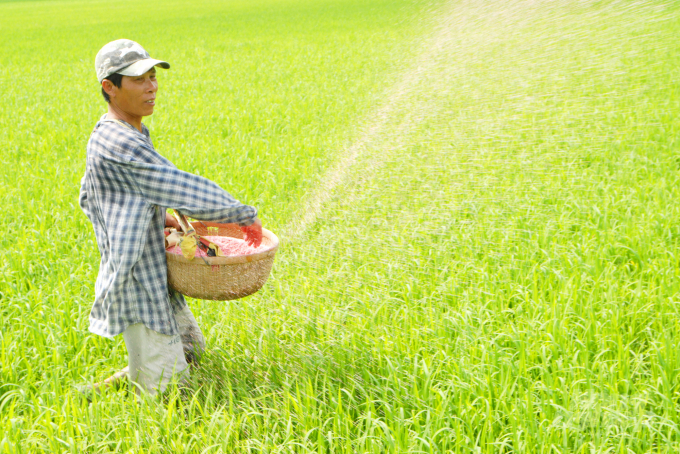
To reduce costs, many farmers switch to organic fertilizers for profit. Photo: Le Hoang Vu.
To produce crops effectively in the context of high agricultural inputs prices, the Can Tho agricultural sector recommends the most economical way to utilize available organic fertilizers without spending money for soil. After harvesting, farmers should not burn rice straw in the field, polluting the environment and harming the land for the next crop. Farmers should dig soil shafts to take advantage of the available rice straw in the field as an additional organic fertilizer for the soil. And let the land rest, during the crop season, it is necessary to apply advanced scientific and technical measures such as: IPM, "3 decrease, 3 increase" and "1 must 5 reduction"... in order to reduce investment costs.
In An Giang, the autumn-winter rice crop is now sown on 160,000 hectares, especially the flood this year is low, so it is convenient to cultivate this rice crop. Currently, rice teas in the province are green with few pests and diseases... farmers predict that they will profit with this rice crop in terms of yield. However, many farmers are most worried that input costs will increase, in which fertilizer prices have increased the most.
Mr. Truong Kien Tho, Deputy Director of An Giang Department of Agriculture and Rural Development, said that based on survey results, the average amount of fertilizer used per ha in An Giang for the autumn-winter crop was 88,830 tons, of which urea: 31,761 tons, NPK 22,302 tons, DAP 19,787 tons and potassium 14,978 tons… Meanwhile, current fertilizer prices increasing by 60-80% over the same period in previous years will reduce farmers' profit. Therefore, the agriculture sector also offers recommended solutions to reduce fertilizer use while still ensuring rice yield.
Firstly, cut down on input factors that have direct impact on production costs including fertilizer costs, pesticides, seeds and harvesting costs with current advanced technical measures.
Strengthen activities to improve the quality of the "1 must 5 reduction" program, encouraging farmers to reduce seeds, reduce fertilizers and pesticides amount, water sparingly, restart the program of integrated nutrient management to use fertilizers efficiently in the context of high fertilizer prices. It is recommended that farmers increase organic fertilizers use, to reduce pressure on the demand for inorganic fertilizers in the country.
Strongly propagate the role of alternating wet and dry irrigation to help manage falls, facilitate harvesting, save harvesting and transportation costs. Promote the application of IPM in production, help reduce pesticide costs, ensure the quality of rice for domestic consumption and export.
Recently, An Giang Department of Industry and Trade made 3 proposals for fertilizer production and trading businesses to stabilize fertilizer prices in the market.
Firstly, production businesses continue to try and ensure proper operation while ensuring workers safety, ensuring measures to prevent the Covid-19 pandemic with the goal of providing sufficient fertilizer for the market, including An Giang province.
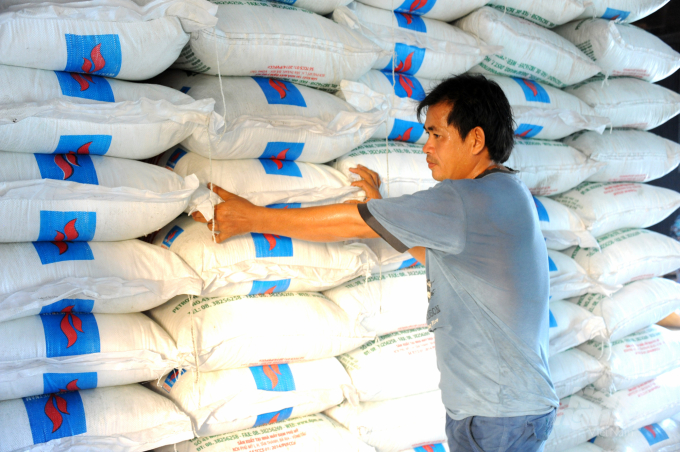
An Giang Department of Industry and Trade made 3 proposals for fertilizer production and trading businesses to stabilize fertilizer prices in the market. Photo: Le Hoang Vu.
Secondly, businesses try to rationalize costs, keep prices stable, set the goal that Vietnamese fertilizers must be sold at a lower price than imported fertilizers, and bring fertilizer to farmers at the lowest price.
Thirdly, fertilizer production businesses actively bring fertilizers directly to farmers through cooperatives to reduce intermediaries. Coordinate with distribution channels in An Giang province to maintain circulation and bring fertilizer to areas in need to ensure the upcoming autumn-winter and winter-spring crops.
According to the Department of Crop Production (Ministry of Agriculture and Rural Development), rice production costs are still high, leading to limited profits for rice farmers. In which, fertilizer costs account for 21-24% of total production costs, pesticide costs: 15-17%, seed costs: 9-10%.
Currently, the Department of Crop Production has proposed the Ministry of Agriculture and Rural Development to have a policy and support stabilizing agricultural material prices so that people can invest in production. It is necessary to have stricter management policies on inputs and outputs of agricultural goods and materials (in terms of price, quality, etc.) to limit the circulation of counterfeit and poor quality goods on the market adversely affecting production and farmers' income.
As noted by a Vietnam Agriculture Newspaper reporter, at many agricultural supply stores in the Mekong Delta provinces such as Can Tho, Hau Giang, Vinh Long, An Giang... currently, DAP imported from the Philippines is priced at up to 960,000-990,000 VND/bag, Chinese DAP (green pellets) 930,000-950,000 VND/bag. Prices of NPK 20-20-15 Ba Con Co, NPK 20-20-15 Dau Trau and NPK 20-20-15 +TE Dau Trau are from 830,000-870,000 VND/bag. Meanwhile, prices of Potassium fertilizer (Canada, Israel, Russia) is also very high, from 680,000-720,000 VND/bag. prices of urea (nitrogen fertilizer) ranges from 600,000-670,000 VND/bag or more.
According to an imported fertilizer manufacturer in Dong Nai, fertilizer prices are currently continuing to increase, world urea prices reaching 600 USD/ton, world DAP prices surpassing 700 USD/ton, world potassium prices exceeding 600 usd/ton. With that trend, domestic NPK prices have also increased sharply since the last week of September, although the winter-spring rice crop 2021-2022 officially starts from mid-October onwards.
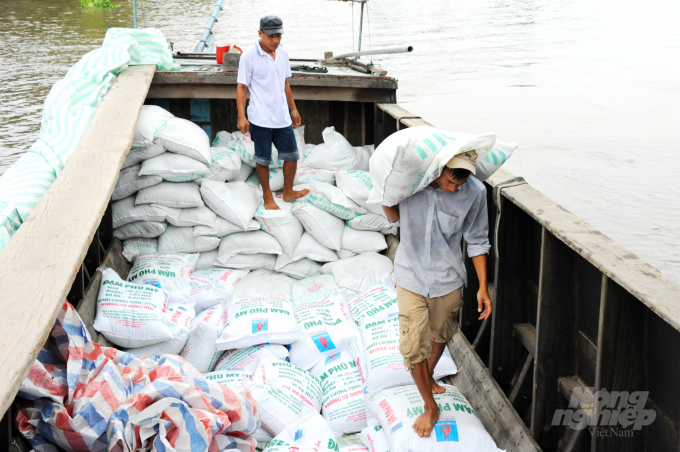
Currently, the world DAP prices exceed 700 USD/ton, world potassium fertilizer prices exceed 600 USD/ton. Photo: Le Hoang Vu.
Fertilizer prices have been in an upward trend since the end of 2020, especially single fertilizers such as urea, DAP, and potassium. The reason for this increase in the price of input materials such as coal, natural gas, sulfur, and ammonia is due to the decrease in world supply due from the impact of Covid-19, at the same time demand for raw materials increases to rebuild the economy. Additionally, sea freight rates have increased sharply in recent times, which pushed up the cost of fertilizers.
Also according to this business, fertilizer started to increase in the first half of 2020 under the impact of a deep drop in fertilizer prices, and a decrease in the world supply. However, afterwards, the world demand for fertilizer recovered too quickly when economies reopened to boost production, increasing the demand for coal and gas, additionally, this winter in countries within the Northern hemisphere has led to a severe energy crisis, with gas fuel prices increasing by 100% since the beginning of the year.
Translated by Nguyen Hai Long
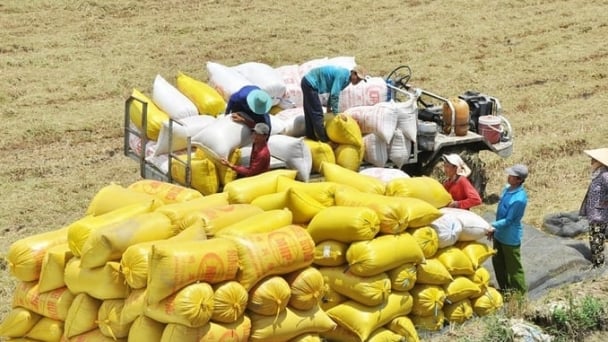
(VAN) Rice prices on May 27, 2025, show no new changes for both paddy and milled rice. Meanwhile, Vietnam’s export rice prices continue to remain flat.
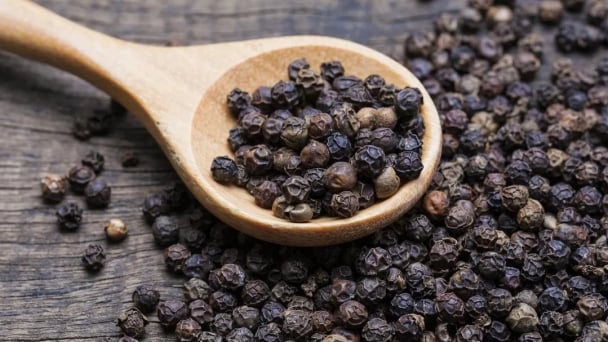
(VAN) Pepper prices on May 27, 2025, recorded a slight increase in Indonesia, while domestic prices remain stable, trading at VND 146,000 to VND 147,000/kg.
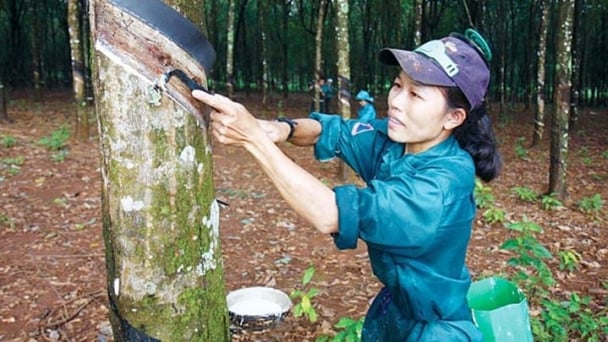
(VAN) Rubber prices on May 27, 2025, are fluctuating sharply today. Domestic latex prices continue to trade around the range of VND 397 to VND 462/TSC.
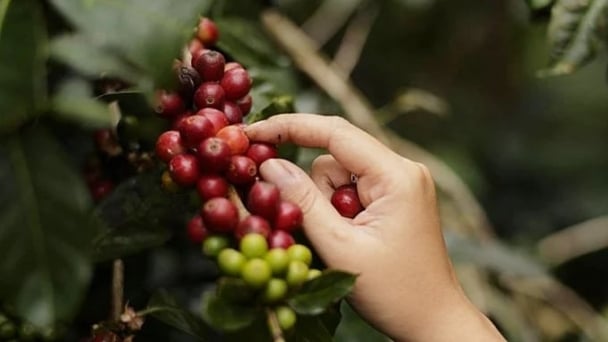
(VAN) Coffee prices on May 27, 2025, continue to remain flat. Domestic coffee market is still trading around the range of VND 122,000 to VND 122,500/kg.
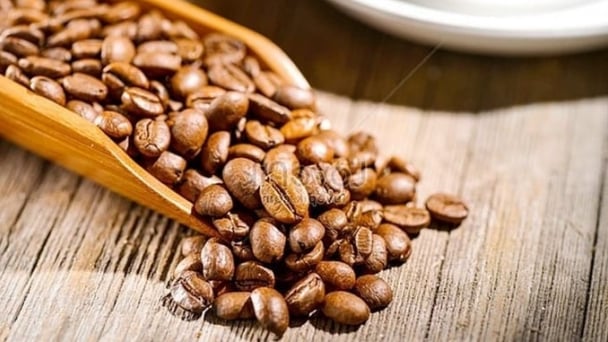
(VAN) Coffee prices on May 26, 2025, remain unchanged. Currently, the domestic coffee market is trading around VND 122,000 to VND 122,500/kg.
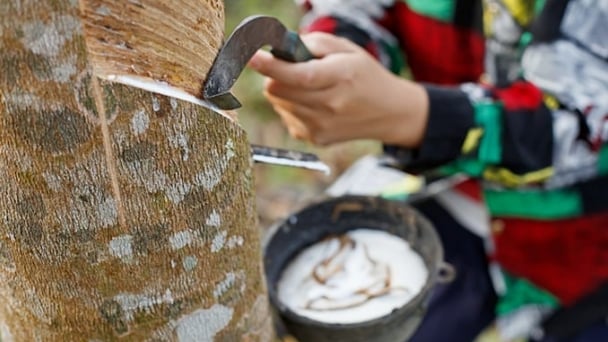
(VAN) Rubber prices on May 26, 2025, are declining. Domestically, latex prices remain stable, with purchasing prices ranging from VND 397 to VND 462/TSC.
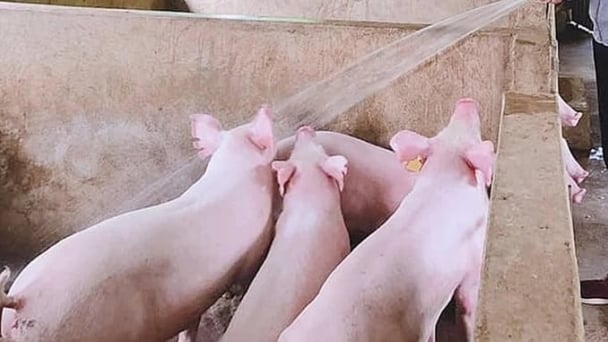
(VAN) Live pig prices on May 26, 2025, are stable. Currently, the market across the 3 regions of Vietnam is trading in the range of VND 67,000 to VND 75,000/kg.